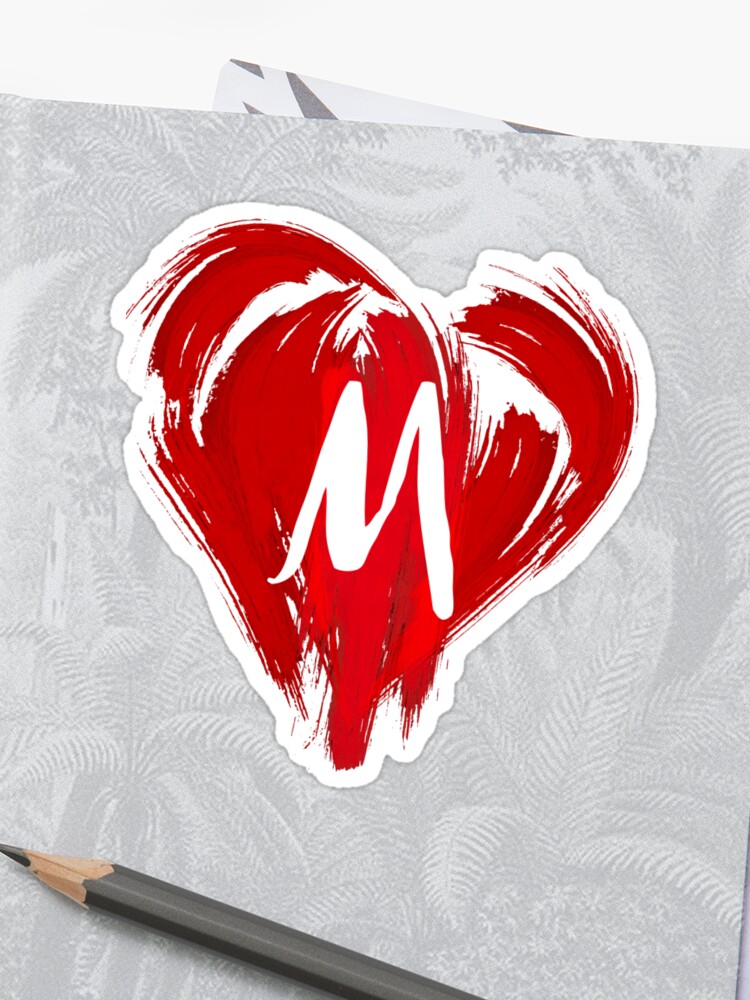
“We want to share our art with the world. These are our golden years,” Mike 171 said at the panel at Graffiti HeArt. One member of the skating crew was an older man in his fifties who had just retired, and I could see the parallel between that skater and the graf writers. Mike 171 stopped to congratulate them on their progress. A group of local teenagers donning helmets and kneepads were doing skate tricks. I met the Boys from the Heights at their lodgings on the northeast end of Cleveland on the curve of a steep hill. Fifty-three trips around the sun after we started, we’re still here and we’re still alive.” Rather than placing it in a frame or relegating it to an individual gallery room, Paul has created a space where every surface is a potential canvas, from fridges to tables to bathroom walls. Graffiti HeArt was the first art institution I had been to that found a way to display graffiti in its authentic form.

Throughout their stay, the graf legends made sure to leave their tags all over the art space. It’s asserting who you are, and if you don’t know who you are, it’s asserting that though you can lose everything, no one can take away your name and the streets you’re from. First there was live spray-painting in a warehouse that SJK 171 referred to as the “5Pointz of Cleveland,” a documentary screening of Wall Writers: Graffiti in its Innocence–Taki 183 professed that they’d all seen it “like eight times,” but that it never get old–and a Q&A session for the Cleveland gallerygoers facilitated by Chicago-based graf writer ISH.Īll five of the boys in the Heights have lived through traumatic events, and when you have lived through such intense trauma tagging takes on more meaning than simply spraying your name to get it out there. Paul and Graffiti HeArt’s event for the Boys in the Heights spanned three days. The group even helped Paul come up with her own graf tag: “Stem65.” And rather than Washington Heights, Paul and her organization can now say that they’re repping “The Land” on the shores of northeast Ohio. By the end of the three days the Boys from the Heights spent in Cleveland, Paul said she “felt like had known them for much longer.” It’s no surprise, given that Paul displays the same grit and generosity that make the Boys from the Heights who they are. Paul hosts artists ranging from Cleveland natives like WRDSMTH and global muralists like Beau Stanton, as well as providing scholarships, community aid, and partnerships with local organizations like LGBT centers. Even Paul’s car stands out parked on the street with its unique spray-painted designs on its exterior.īy the end of the three days the Boys from the Heights spent in Cleveland, Paul said she “felt like had known them for much longer.” Its exterior pops out of the scenery around it with a rainbow gradient spray-painted by Los Angeles-based artist Risk. In the Tremont neighborhood of Cleveland, Graffiti HeArt is impossible to miss on Superior Avenue. The Boys from the Heights, as they’ve started to call themselves, were invited to Ohio by Stamy Paul, the founder and president of local nonprofit Graffiti HeArt. But the Rust Belt’s spaciousness certainly doesn’t mean it has any less of a commitment to graffiti. I was still a bit dumbstruck at the quiet and the clean air, and the fact that I’d traded chaotic Washington Heights of my youth for comparatively bucolic Squirrel Hill, Pennsylvania.

I had moved further east down the Ohio River in Pittsburgh just a few days before taking the Greyhound to Cleveland. Like me, Mike 171, SJK 171, Henry 161, Taki 183, and JEC * are New Yorkers from the Heights in a world far from the narrow sidewalks stained with blackened dried gum, where tattered sneakers dangle from power lines between the crowded buildings that we grew up in.

Of course, this is only the perspective of a native New Yorker.

Otherwise, for a New Yorker, it looks like the sky and the earth have suddenly opened up and you’ve entered some foreign land where the ozone touches the tops of the buildings and the streets feel as wide as prairies. The buildings in the Rust Belt don’t pierce the sky the way the buildings of New York do, aside from some of the blue-glass corporate towers of the city’s downtown. At the western edge of Cleveland, Ohio, Lake Erie stretches an infinite, placid blue towards the horizon.


 0 kommentar(er)
0 kommentar(er)
